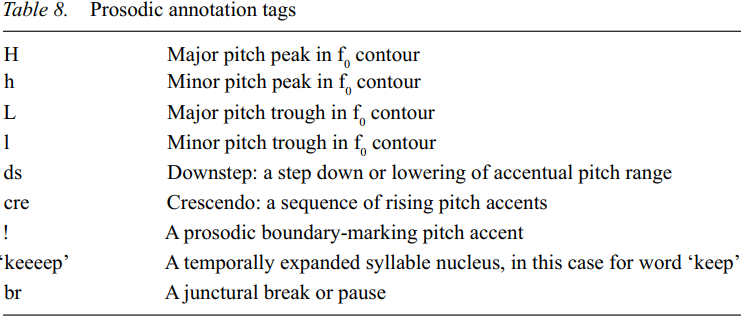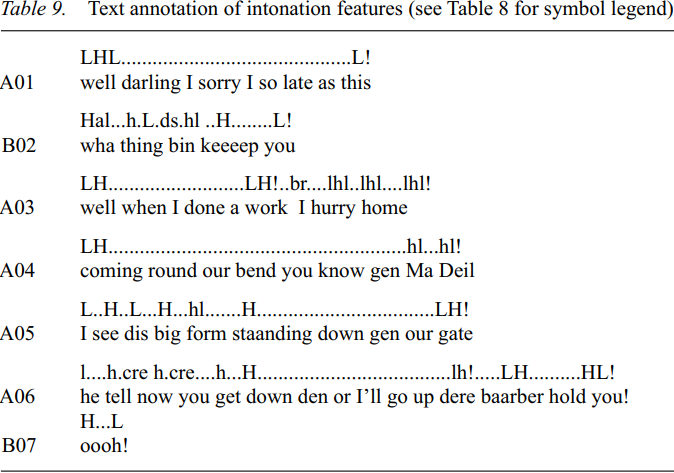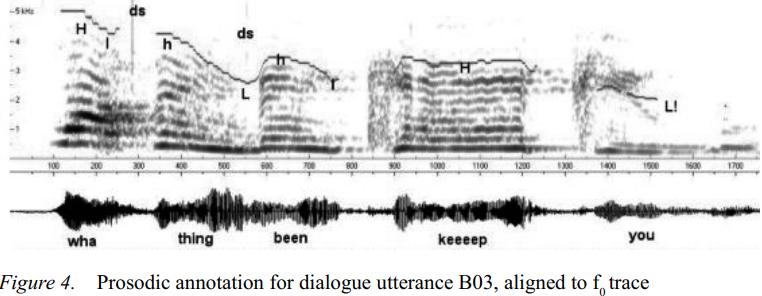

Grammar


Tenses


Present

Present Simple

Present Continuous

Present Perfect

Present Perfect Continuous


Past

Past Simple

Past Continuous

Past Perfect

Past Perfect Continuous


Future

Future Simple

Future Continuous

Future Perfect

Future Perfect Continuous


Parts Of Speech


Nouns

Countable and uncountable nouns

Verbal nouns

Singular and Plural nouns

Proper nouns

Nouns gender

Nouns definition

Concrete nouns

Abstract nouns

Common nouns

Collective nouns

Definition Of Nouns

Animate and Inanimate nouns

Nouns


Verbs

Stative and dynamic verbs

Finite and nonfinite verbs

To be verbs

Transitive and intransitive verbs

Auxiliary verbs

Modal verbs

Regular and irregular verbs

Action verbs

Verbs


Adverbs

Relative adverbs

Interrogative adverbs

Adverbs of time

Adverbs of place

Adverbs of reason

Adverbs of quantity

Adverbs of manner

Adverbs of frequency

Adverbs of affirmation

Adverbs


Adjectives

Quantitative adjective

Proper adjective

Possessive adjective

Numeral adjective

Interrogative adjective

Distributive adjective

Descriptive adjective

Demonstrative adjective


Pronouns

Subject pronoun

Relative pronoun

Reflexive pronoun

Reciprocal pronoun

Possessive pronoun

Personal pronoun

Interrogative pronoun

Indefinite pronoun

Emphatic pronoun

Distributive pronoun

Demonstrative pronoun

Pronouns


Pre Position


Preposition by function

Time preposition

Reason preposition

Possession preposition

Place preposition

Phrases preposition

Origin preposition

Measure preposition

Direction preposition

Contrast preposition

Agent preposition


Preposition by construction

Simple preposition

Phrase preposition

Double preposition

Compound preposition

prepositions


Conjunctions

Subordinating conjunction

Correlative conjunction

Coordinating conjunction

Conjunctive adverbs

conjunctions


Interjections

Express calling interjection

Phrases

Sentences


Grammar Rules

Passive and Active

Preference

Requests and offers

wishes

Be used to

Some and any

Could have done

Describing people

Giving advices

Possession

Comparative and superlative

Giving Reason

Making Suggestions

Apologizing

Forming questions

Since and for

Directions

Obligation

Adverbials

invitation

Articles

Imaginary condition

Zero conditional

First conditional

Second conditional

Third conditional

Reported speech

Demonstratives

Determiners


Linguistics

Phonetics

Phonology

Linguistics fields

Syntax

Morphology

Semantics

pragmatics

History

Writing

Grammar

Phonetics and Phonology

Semiotics


Reading Comprehension

Elementary

Intermediate

Advanced


Teaching Methods

Teaching Strategies

Assessment
Norfuk intonation
المؤلف:
John Ingram and Peter Mühlhäusler
المصدر:
A Handbook Of Varieties Of English Phonology
الجزء والصفحة:
798-43
2024-05-06
1419
Norfuk intonation
Traditional Norfuk speech is noted for its highly distinctive and engaging intonation, a characteristic that apparently is in danger of being lost. The Flint recordings provide a valuable record of this aspect of Norfolk speech. Our formal description of Norfuk intonation is even more partial and preliminary than that of the segmental phonology. However, the basic problem is the same: separating stylistic and idiosyncratic features of individual voices from the systemic aspects of Norfuk prosody. In the case of intonation, the task is complicated by the lack of a widely accepted descriptive framework. We have adopted what might be called a ‘simplified Pierrehumbert-Beckman’ set of descriptive tags, aiming to annotate the major pitch and temporal features of the intonation contour.
The present system aims to represent local peaks and troughs as well as the overall shape of the fundamental frequency contour, pause breaks, and regions of slowed speech delivery. The main features of the annotation are illustrated in Table 8. Table 9 illustrates the text annotation of several utterances and Figures 4 and 5 illustrate how the tags are applied to the speech signal of selected utterances. Conversational Norfuk seems to an English ear to employ a wide pitch range with much expressive highlighting achieved by local changes of pitch and voice tempo. The use of temporally expanded vowels in accented syllables, or local reductions in speech tempo, is a distinctive feature of Norfuk prosody, illustrated in the second sentence of the text annotation (Table 9) and the speech signal (Figure 4).



The word keep achieves accentual prominence by the exaggerated length of the vowel nucleus. The interrogative expression as a whole achieves illocutionary force by starting close to the top of the speaker’s pitch range, with successive accented syllables down-stepped to the nuclear accent on the verb. There is substantial pre-pausal lengthening on you, as part of the phrase-final boundary tone. But we have not annotated this feature, because it is a ubiquitous prosodic cue to phrase-final position in English and many other languages.
Down-stepping of accented syllables within the phrase in B03 may simply be a consequence of starting at the top of the speaker’s pitch range and may have no particular pragmatic significance. However, the complementary effect on the pitch contour labelled ‘crescendo’ here, a succession of up-stepping accents leading to a nuclear ‘hat’ accent on barber hold in utterance A06, does seem to carry mimetic meaning as direct reported speech, mimicking the agitated state of speaker.

The translation for this sentence that Flint gives is ‘He said now you get down here or I’ll go up there and give you a good hiding.’ We guess the expression barber hold refers to the leather strap that barbers used to sharpen razors.
It is an open question whether mimetic features of intonation observed in reported speech dialogue should be regarded as part of Norfuk prosody or treated as ‘paralinguistic’ (i.e. as part of an individual speaker’s capacity for expressive elaboration or embellishment of a narrative). Our analysis of Norfuk prosody is in its infancy and these kinds of questions require more data analysis.
 الاكثر قراءة في Phonology
الاكثر قراءة في Phonology
 اخر الاخبار
اخر الاخبار
اخبار العتبة العباسية المقدسة

الآخبار الصحية















 قسم الشؤون الفكرية يصدر كتاباً يوثق تاريخ السدانة في العتبة العباسية المقدسة
قسم الشؤون الفكرية يصدر كتاباً يوثق تاريخ السدانة في العتبة العباسية المقدسة "المهمة".. إصدار قصصي يوثّق القصص الفائزة في مسابقة فتوى الدفاع المقدسة للقصة القصيرة
"المهمة".. إصدار قصصي يوثّق القصص الفائزة في مسابقة فتوى الدفاع المقدسة للقصة القصيرة (نوافذ).. إصدار أدبي يوثق القصص الفائزة في مسابقة الإمام العسكري (عليه السلام)
(نوافذ).. إصدار أدبي يوثق القصص الفائزة في مسابقة الإمام العسكري (عليه السلام)


















